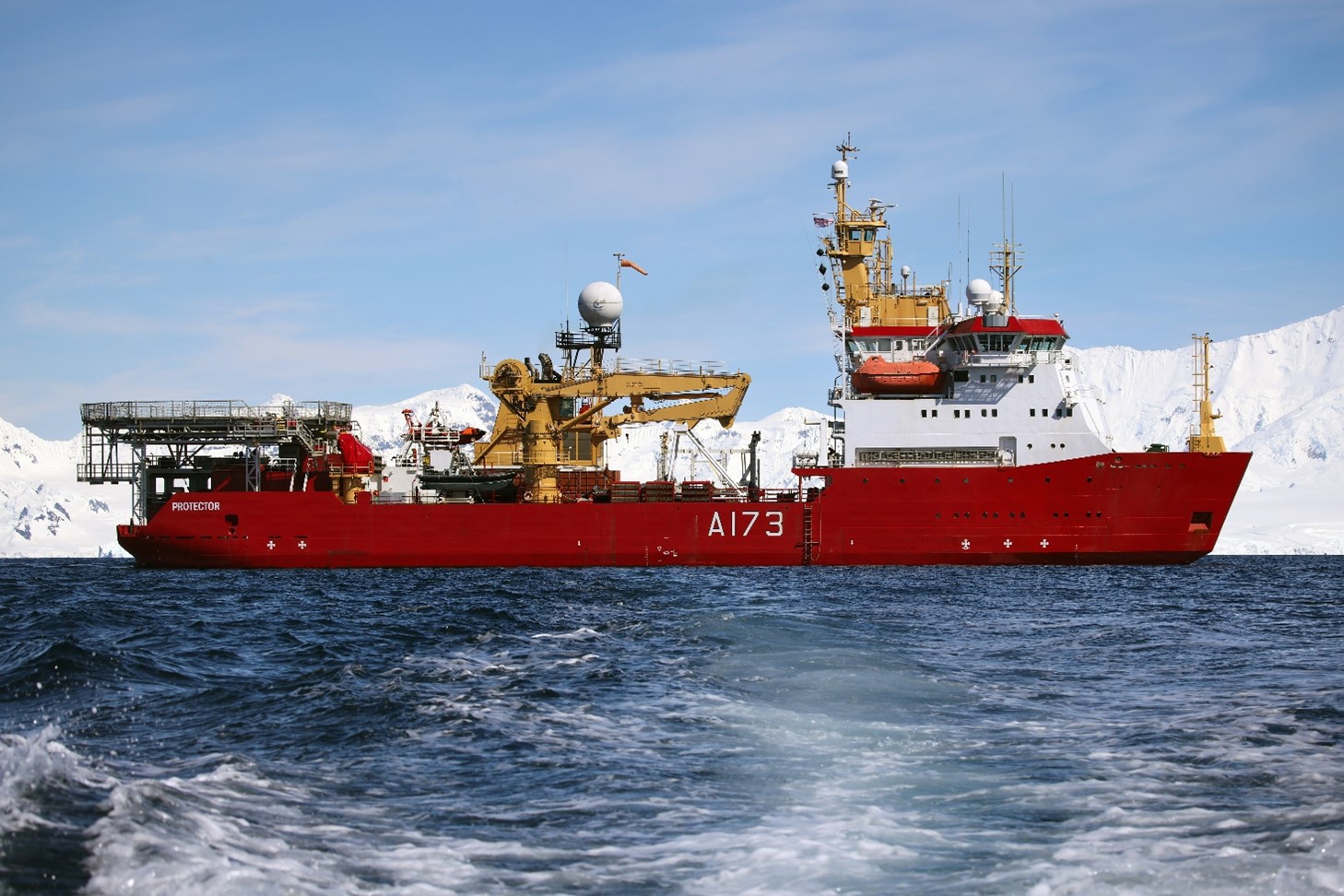The next step consists in producing a more detailed geographical functional maps of the effect-to-impact chain from climate change to maritime crime and insecurity and to threat actors’ change in behaviour. The aim is to generate evidence to suggest targeted geographical and functional areas for policy and operational interventions.
Fundamental questions
- How do risks and threats interact in the maritime domain?
- How climate change impacts on threat actors’ behaviour?
- How do climate change effects and 'Great Power' politics interact?
Practical questions
- How do threat actors adapt to climate change?
- How maritime security practitioners will be impacted at mission and operational levels?
- What are the key geographical and functional areas?
- What combined impacts do climate change and geopolitical competition have on ocean governance and the rules-based maritime order?
Method
The project is intrinsically multi/inter-disciplinary, both at theoretical and methodological level, drawing from IR Theories, Maritime Security Studies, Strategic Studies, Marine Science, and Data Science. CEA is a method to assess the links and dependencies between the effects of activities and the impacts these have on sectors of society. It responds to the need to analyse and evaluate expected cumulative causal factors of activities and their additive, multiplicative, synergistic, or mitigative impacts. A derivative is the Effect-to-Impact Pathway (EIP) tool that maps the entire causes effects-impacts-consequences chain across sectors (Judd et al., 2015; Brennan & Germond, 2024). We have adapted these tools (that were originally designed and used mainly in natural science) to an interdisciplinary, cross-sectoral and policy-making context. This enables mapping activities (e.g., human induced climate change) with the effects/pressures they create (e.g., increased pressures on already vulnerable environments, populations, and supply chains) that produce cumulative impacts on states, sectors of the society, and individuals (e.g., prosperity, culture, social cohesion, climate, national security).
PI: Professor Basil Germond
PDRA: Dr Stephen Murray
--
Professor Basil Germond said: “The cumulative effects of climate change on maritime crime and insecurity are multiplying pressures on already vulnerable ecosystems. This project is a fantastic opportunity to transform theoretical findings into palatable information that practitioners can use to inform their decisions regarding resources allocation and prioritization of areas for intervention”.
Captain Kevin Rowlands PhD, Head of the Royal Navy Strategic Studies Centre, said: “We are thrilled to be working with Security Lancaster on this important topic. As we gain a better understanding on the implications of climate change on security at sea we can devise strategies to help deal with the cause and the symptoms.”



